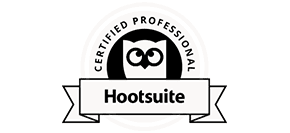Internal links (navigation) not only provide a path for users to access your content, they also provide a path for search engine crawlers to discover pages on your website.
From an SEO perspective, your homepage is usually the strongest page on your site. This is because external links normally point to your homepage, giving it the most authority.
Your homepage disseminates that authority amongst pages it links to. We call this internal link equity distribution, some SEO’s call it “link juice”, but we aren’t keen on that phrase.
The hierarchy of your website is extremely important, we want to ensure that your most important pages receive the maximum amount of link equity.
A good real world example of this is to think of a retail store, they showcase their most important products in the shop window, and the least important products are at the back of the store. If you think of your website the same way, you want to organise the hierarchy of your website to showcase the most important content high up, with the least amount of clicks from your homepage.







